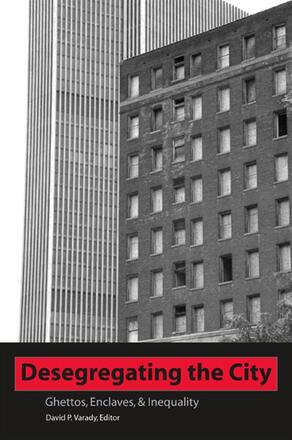
Desegregating the City
Ghettos, Enclaves, and Inequality
Alternative formats available from:
Multidisciplinary perspectives on segregation in the United States and other developed countries.
Description
Desegregating the City takes a global, multidisciplinary look at segregation and the strengths and weaknesses of different antisegregation strategies in the United States and other developed countries. In contrast to previous works focusing exclusively on racial ghettos (products of coercion), this book also discusses ethnic enclaves (products of choice) in cities like Belfast, Toronto, Amsterdam, and New York.
Since 9/11 the ghetto-enclave distinction has become blurred as crime and disorder have emanated from both European immigrant ethnic enclaves and America's ghettos. The contributors offer a variety of tools for addressing the problems of racial and income segregation, including school integration, area-based "fair share" housing requirements, place-based mixed-income housing development, and expanded demand-side residential subsidy options such as housing vouchers. By exploring these alternatives and their consequences, Desegregating the City provides the basis for a combination of flexible antisegregation strategies.
David P. Varady is Professor in the School of Planning at the University of Cincinnati. He is the author of Neighborhood Upgrading: A Realistic Assessment and the coauthor (with Jeffrey A. Raffel) of Selling Cities: Attracting Homebuyers Through Schools and Housing Programs, both published by SUNY Press.
Reviews
"…the book has significant and impressive breadth. " — H-Net Reviews (H-Urban)
"The contributors present a wide variety of useful and thought-provoking research, theory, case material, and policy recommendations. " — Leonard F. Heumann, University of Illinois at Urbana-Champaign